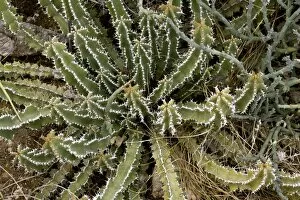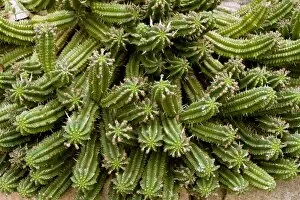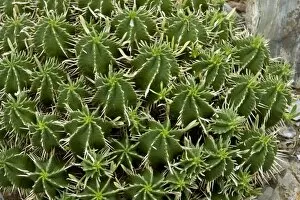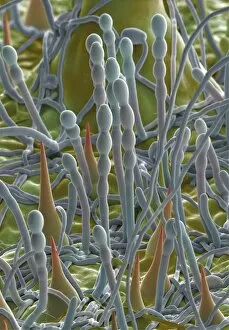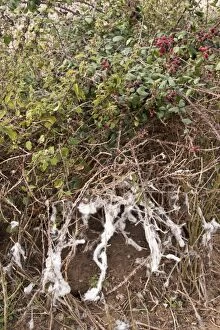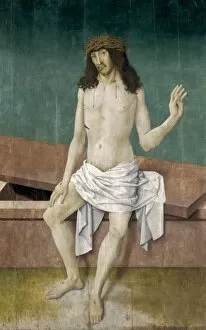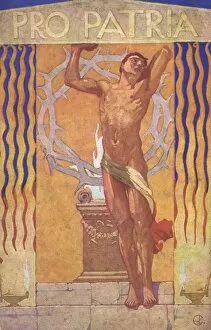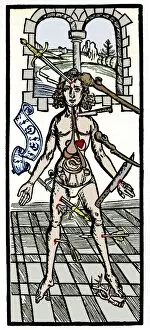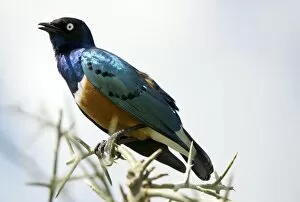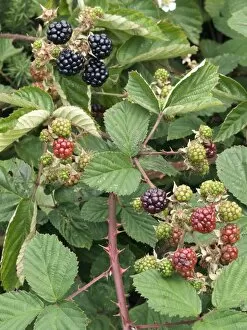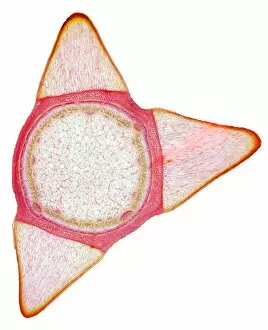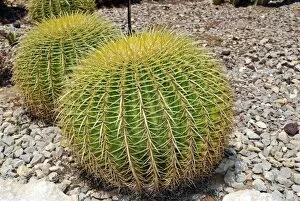Thorns Collection (#13)
"Embracing the Thorn: A Journey through Art, Nature, and Faith" In this captivating collection of images
For sale as Licensed Images
Choose your image, Select your licence and Download the media
"Embracing the Thorn: A Journey through Art, Nature, and Faith" In this captivating collection of images, we are reminded of the profound symbolism and significance that thorns hold in various aspects of our lives. From religious iconography to enchanting fairy tales, from dangerous encounters with wildlife to breathtaking landscapes, these diverse glimpses into the world invite us to reflect on their deeper meanings. We begin our exploration with Max Portrait's depiction of Jesus wearing a crown of thorns. This powerful image serves as a reminder of sacrifice and redemption, evoking emotions that have resonated throughout history. Similarly, Arthur Rackham's illustration from "Sleeping Beauty" transports us to a realm where beauty is guarded by an impenetrable wall – a metaphor for obstacles we must overcome on our own journeys. Moving beyond artistry, we encounter nature's intricate tapestry interwoven with thorny elements. The woolen masterpiece titled "The Unicorn is Killed and Brought to the Castle" showcases how even mythical creatures can fall prey to sharp spines amidst lush vegetation. Meanwhile, high above deHoop Vlei in South Africa lies a Boomslang snake hunting within a protective fortress formed by thorn bushes – reminding us that survival often demands adaptation. Our journey takes us next to La Sainte Chapelle in Paris where stained glass windows depict scenes from biblical narratives intertwined with motifs like roses entangled in prickly vines; here again, thorns symbolize both pain and divine love. Staying within the realm of faith-inspired artistry, St. Cecily immortalizes her devotion through delicate brushstrokes capturing her serene countenance framed by garlands adorned with tiny roses bearing hidden pricks.






